Agastache
wardda
14 years ago
Related Stories
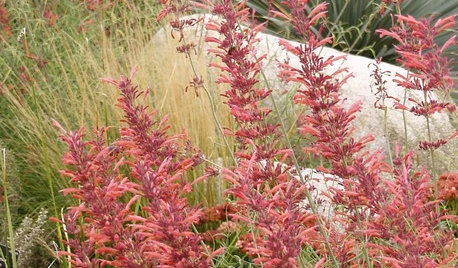
FLOWERS AND PLANTSAgastache Rupestris, a Heat-Loving Hummingbird Magnet
Threadleaf giant hyssop adds color and fragrance to late-summer and fall xeric gardens
Full Story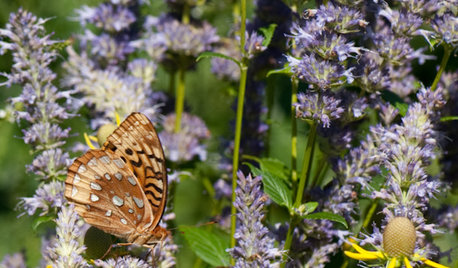
GARDENING GUIDESGreat Design Plant: Anise Hyssop Delights Licorice Lovers
With its distinct scent and flower spikes, drought-tolerant Agastache foeniculum stirs interest among humans and winged creatures alike
Full Story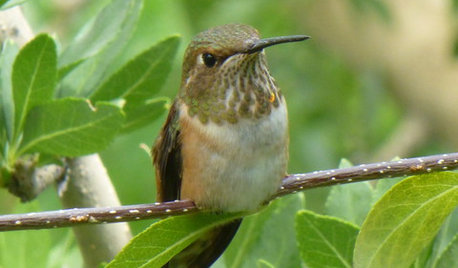
GARDENING GUIDES8 Flowers That Hummingbirds Adore
To draw those mesmerizing little birds to your garden or doorstep, plant these flowers that are attractive in more ways than one
Full Story
GARDENING GUIDESGarden-Friendly Native Alternatives to Overplanted Exotics
There are lots of gorgeous, wildlife-friendly native plants ready to make an appearance in your garden
Full Story
GARDENING GUIDESOh, Deer! 10 Native Flowers That Stand Up to the Herds
Keeping a garden amid hungry deer can be hard, but these plants should fare well
Full Story
GARDENING GUIDES6 Plants That Beat Butterfly Bush for the Wildlife Draw
It's invasive, a nonnative and a poor insect magnet. Check out these better alternatives to butterfly bush in the garden
Full Story
GARDENING GUIDESGreat Garden Combo: 3 Wonderful Plants for a Deer-Resistant Screen
Protect your privacy and keep deer at bay with a planting trio that turns a problem garden area into a highlight
Full Story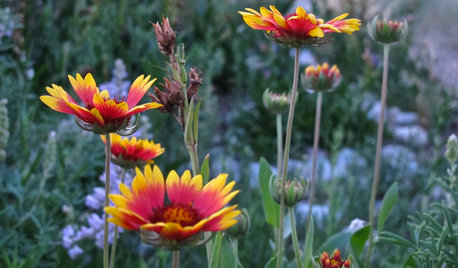
GARDENING GUIDESThese Hummingbird-Attracting Native Plants May Surprise You
These flowers, vines and shrubs offer shelter and food supplies that keep hummingbirds around longer
Full Story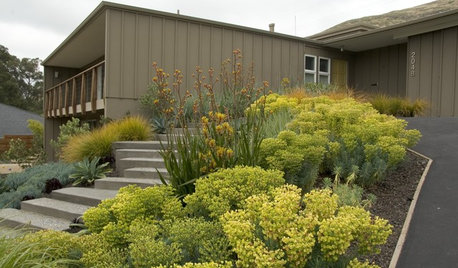
PLANTING IDEASHouzz Call: Show Us Your Favorite Garden Combinations for Fall Planting
Got a plant mix you love in your yard? We’d love to see it
Full Story
GARDENING GUIDESBackyard Birds: Invite Entertaining Hummingbirds Into Your Garden
Hummingbirds — unique to the Americas — zip through open landscapes seasonally or year-round. Here’s how to attract them
Full StoryMore Discussions






rich_dufresne
DYH
Related Professionals
Forest Park Landscape Architects & Landscape Designers · Canton Landscape Contractors · Springfield Landscape Contractors · Burlington Landscape Contractors · Canton Landscape Contractors · Forest Hills Landscape Contractors · Hampton Bays Landscape Contractors · Longview Landscape Contractors · Mequon Landscape Contractors · Pahrump Landscape Contractors · Parkland Landscape Contractors · Vermilion Landscape Contractors · Brentwood Los Angeles Outdoor Lighting & Audio Visual Systems · Kennewick Siding & Exteriors · Thornton Siding & Exteriorswcgypsy
warddaOriginal Author
rich_dufresne
DYH
warddaOriginal Author
wcgypsy
DYH
warddaOriginal Author
wcgypsy
hummersteve
susanlynne48
DYH
warddaOriginal Author
susanlynne48
warddaOriginal Author
susanlynne48
seafire1
warddaOriginal Author
seafire1
warddaOriginal Author
amandaesq
warddaOriginal Author